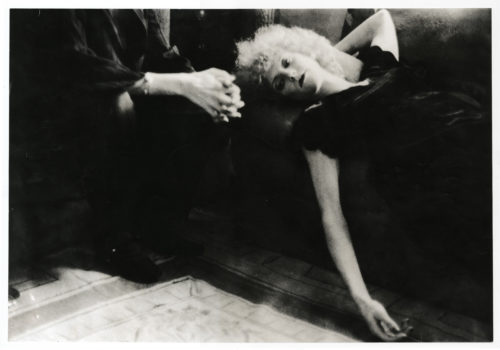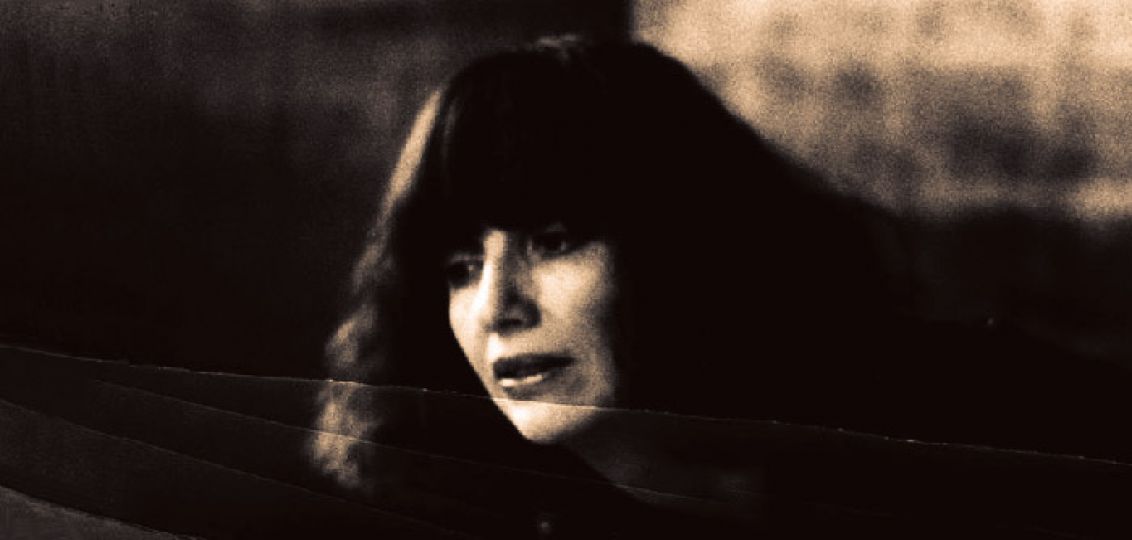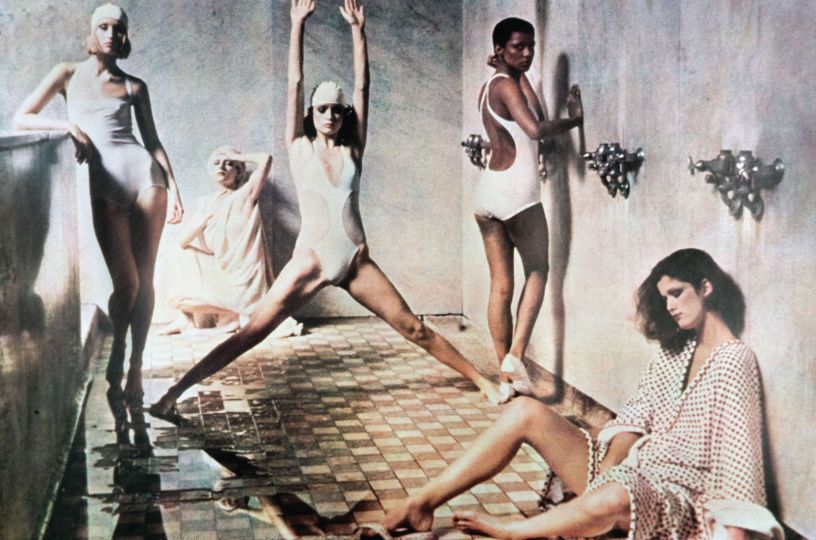Deborah Turbeville (1932-2013) is known for her iconoclastic fashion photographs, elaborate tableaux that depict brooding, introspective models wearing haute-couture clothing and posed in barren, desolate settings. Her pictures were widely published in the editorial pages of Vogue, Harper’s Bazaar, Essence, Nova, Mirabella, The New York Times Magazine, and other major publications. An exhibition of her works, particularly prints and collages,is now on view at Deborah Bell Photographs.
A former fashion editor for the The Ladies Home Journal, Harper’s Bazaar and Mademoiselle, Turbeville began taking photographs in the 1960s; however, she had no formal training until 1966 when she enrolled in a six-month photography workshop given by Richard Avedon and the art director Marvin Israel. As Turbeville told The New York Times in 1981, “If it hadn’t been for the two of them, I wouldn’t have taken my photography seriously.” Another mentor was Gösta Peterson whose free-form approach with animated models greatly inspired Turbeville. She also acknowledged the influence of European films of the 1970s, especially those by Bertolucci and Antonioni.


















